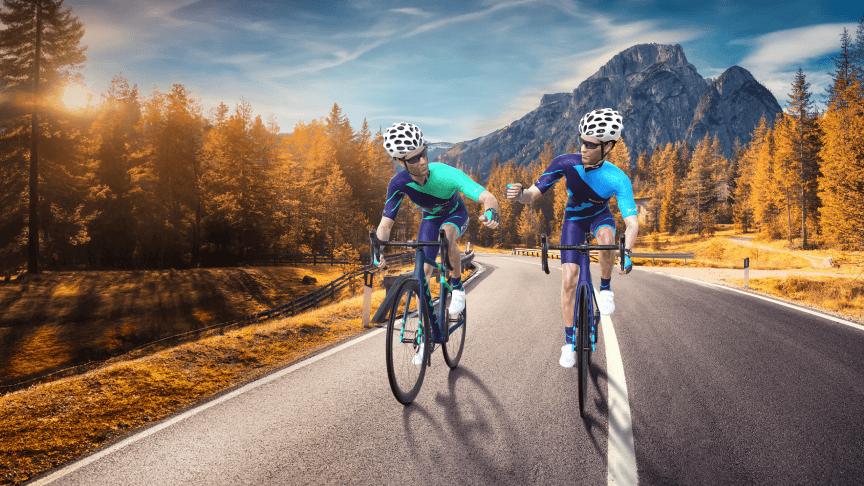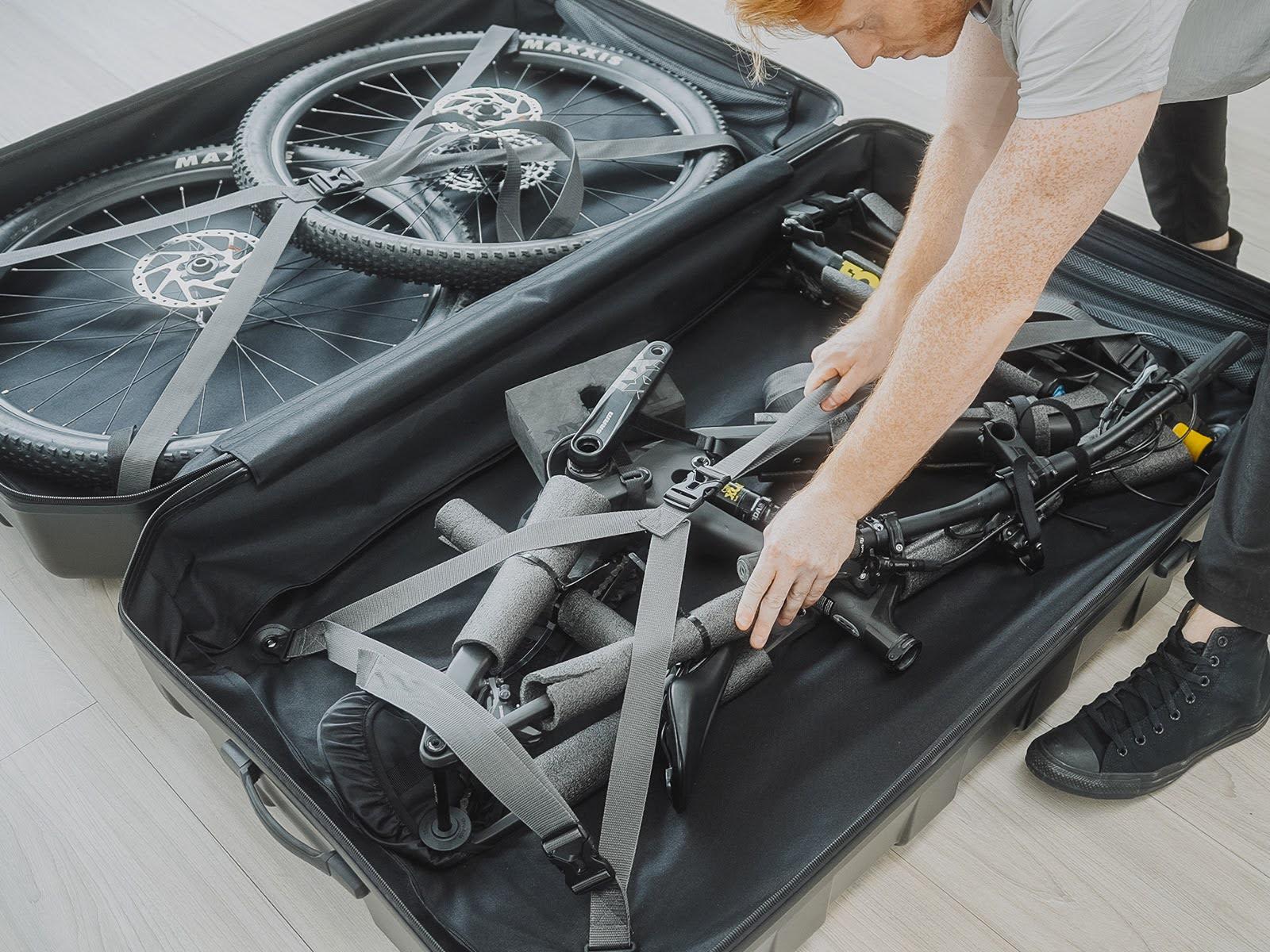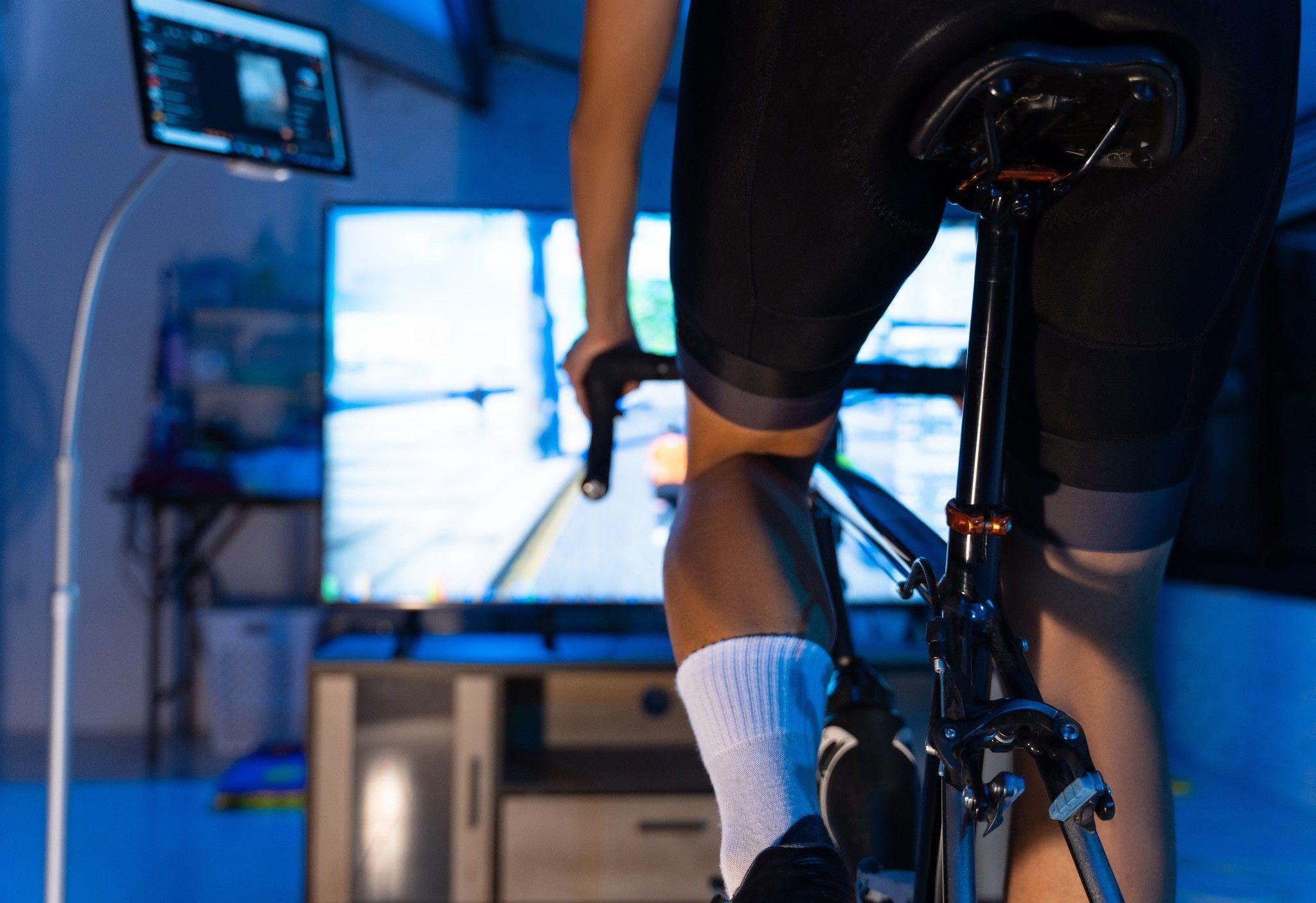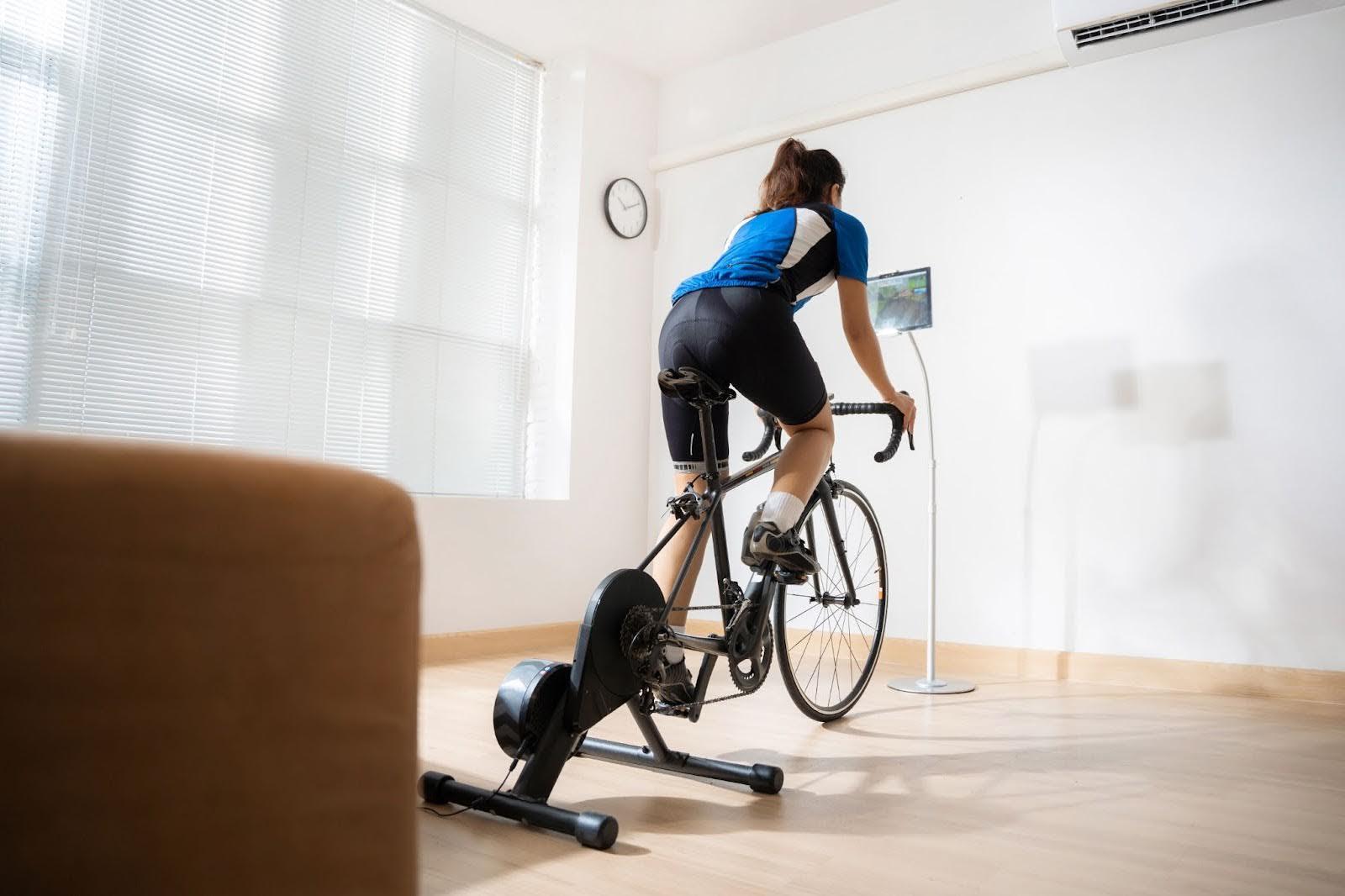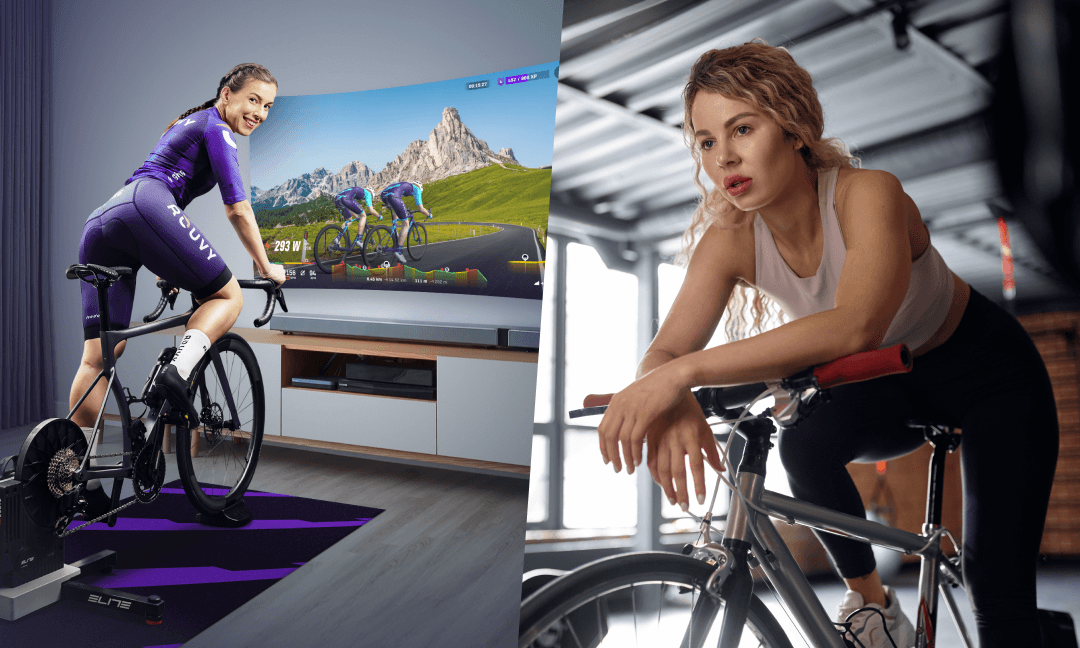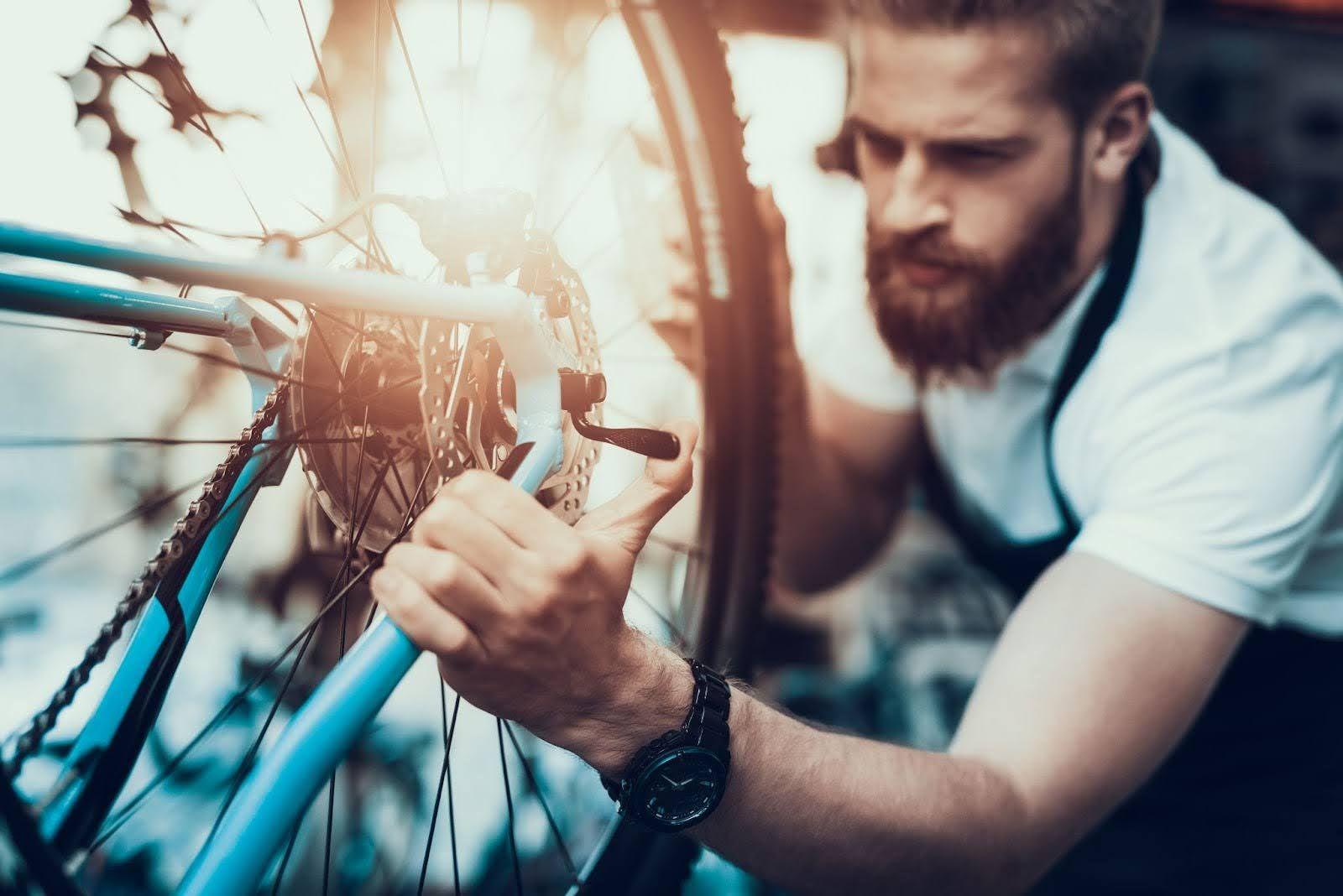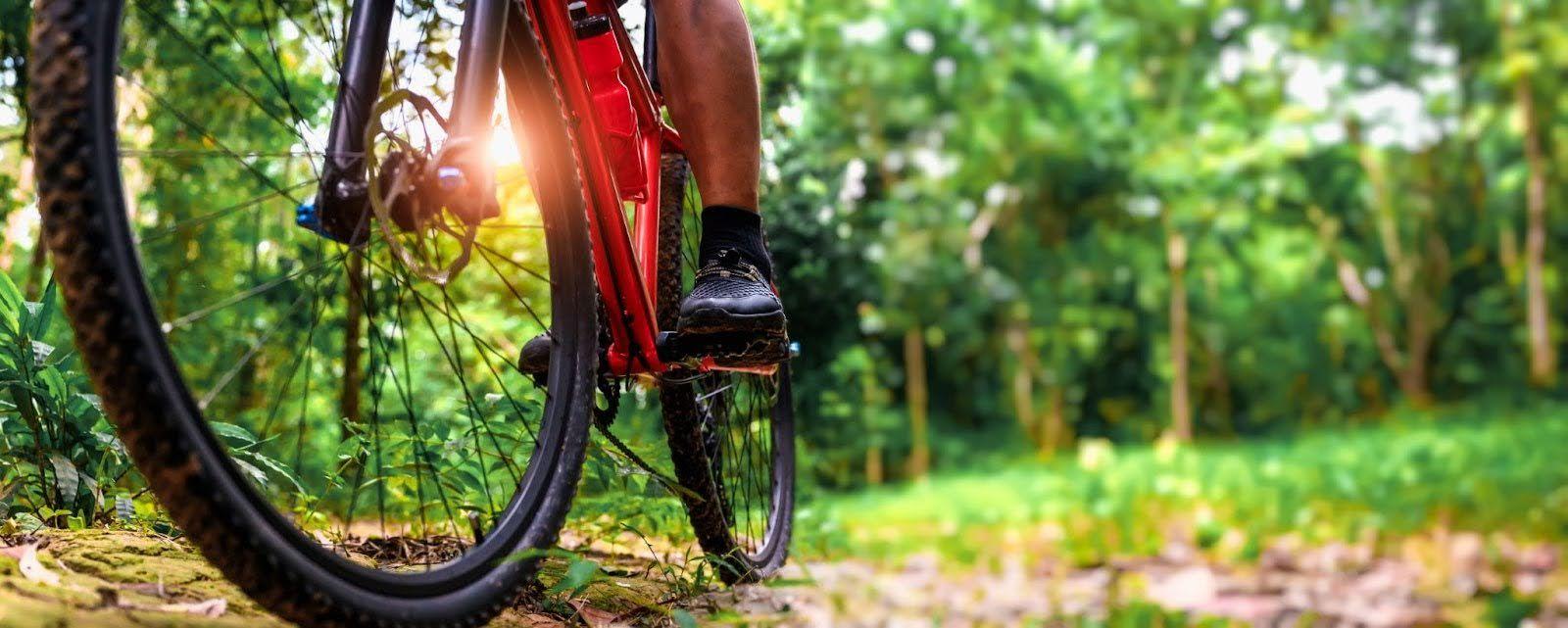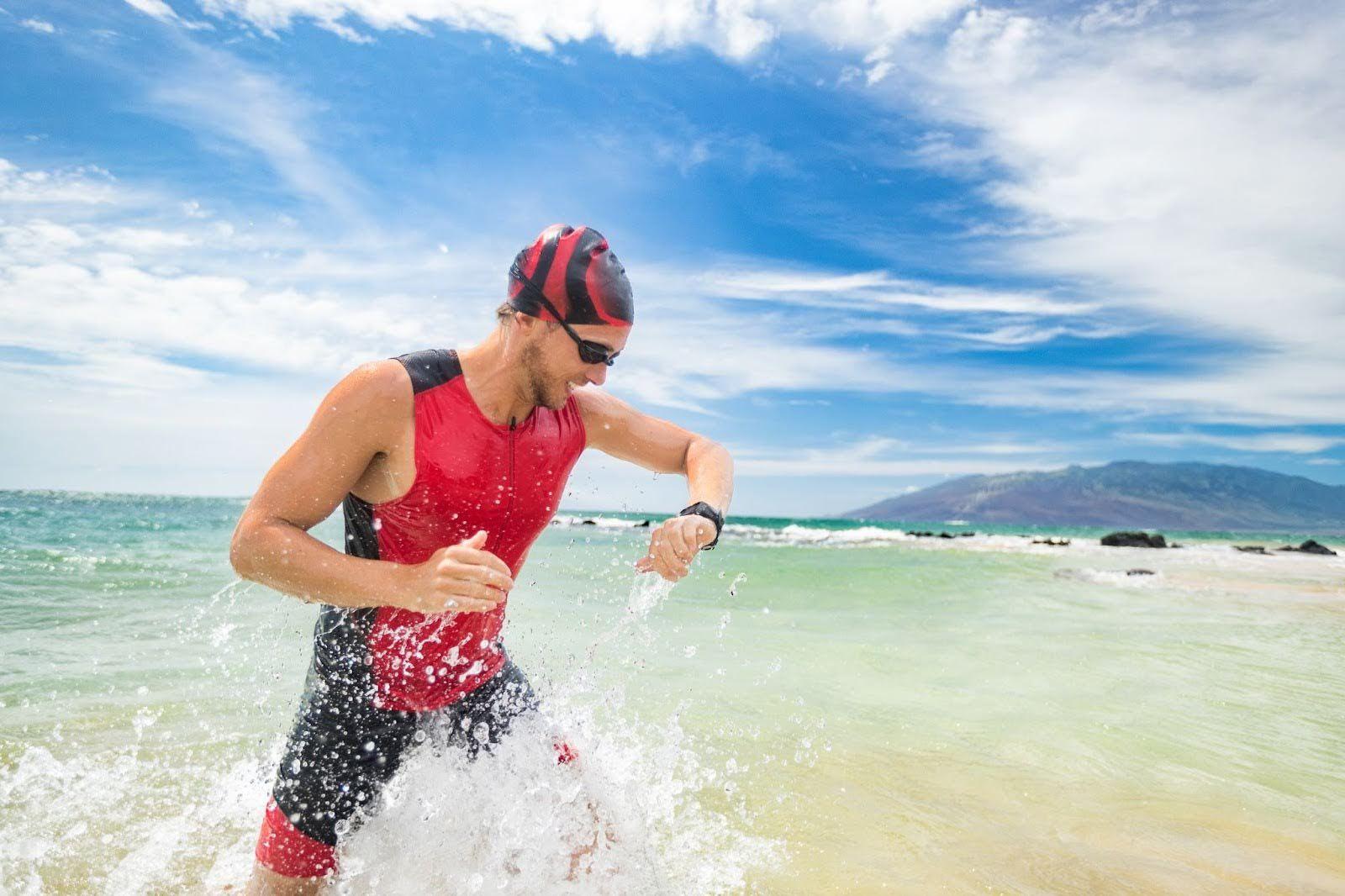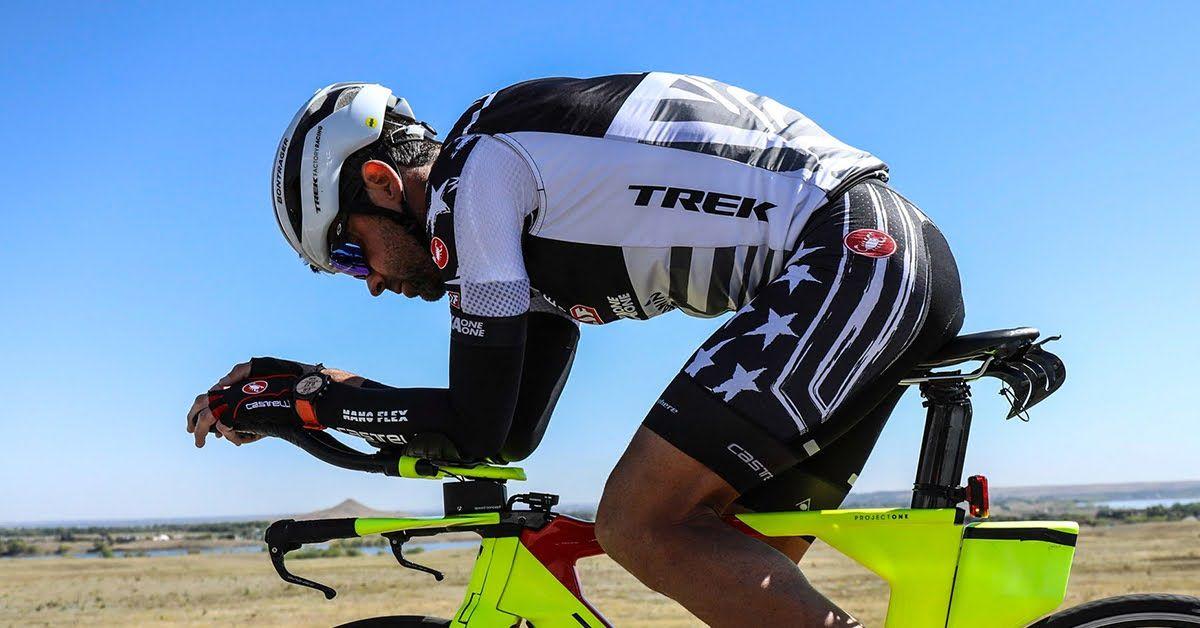“Did I bonk?”
Over the years, I've heard a few conversations that started with "I was so tired, do you think it was a bonk?". Having experienced a textbook bonk myself, I can tell you one thing: when you bonk, you know it.
It’s because bonking is an incredibly unpleasant ordeal. Your muscles start to feel heavy and weak, and every pedal stroke becomes a struggle. It’s as if your legs have turned into lead, making it difficult to generate any power. Simple tasks like maintaining speed or climbing even mild inclines become incredibly daunting. Along with physical fatigue, you experience mental fog and difficulty concentrating. It’s hard to stay focused on the road ahead or make sound decisions, which can get you in real trouble.
The energy drop during a bonk can be swift and severe. One moment you might feel like you’re managing fine, and the next, it’s like all your energy has vanished. You may start to feel shaky and lightheaded. Simple actions like gripping the handlebars or reaching for water become almost impossible.
The most telling sign that you bonked are emotional fluctuations, ranging from frustration and irritability to anxiety and desperation. It can be mentally taxing to realize you’re struggling so much with ordinary easy tasks.
Also, during a bonk, your body craves food desperately. You might find yourself suddenly daydreaming about food and only food.
So, to determine whether you bonked, think if the above description matches your experience. If it does, then I'd like to welcome you to the club. But don’t feel bad, there are many celebrities in this club.
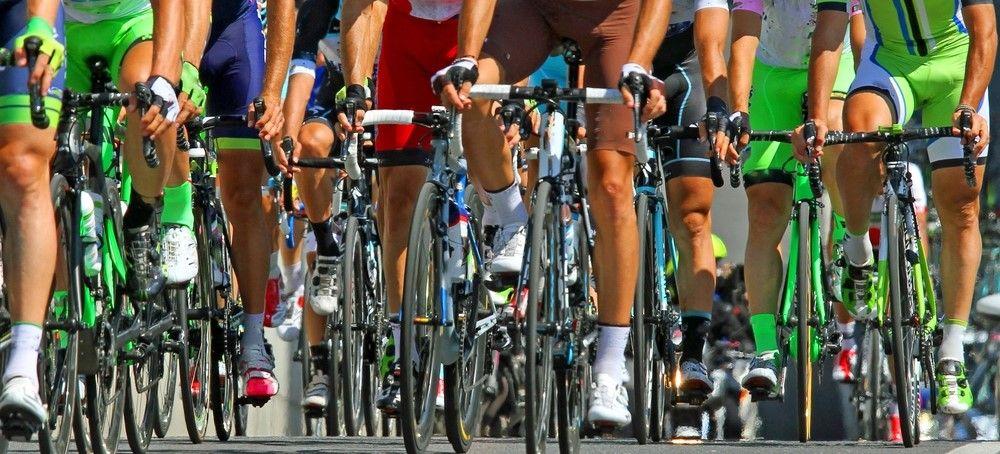
Famous cases of bonking
One famous example among pro cyclists is the case of Lance Armstrong during the 2000 Tour de France. In the 17th stage of the race, Armstrong experienced a severe bonk. It happened on the slopes of the Col de Joux-Plane, a challenging mountain pass. Despite being a dominant rider and a strong contender for the overall victory, he struggled to maintain his pace and lost considerable time to his competitors.
Another case of celebrity bonking occurred during the 2013 Giro d’Italia when race leader Vincenzo Nibali suffered a severe bonk during a mountain stage. Nibali’s exhaustion became evident as he struggled to maintain his pace, eventually losing significant time and the coveted pink jersey.
Another famous incident involved Miguel Indurain during the 1991 Tour de France. The five-time Tour champion bonked on the iconic climb of the Col du Tourmalet, losing valuable time and narrowly holding onto his overall lead.
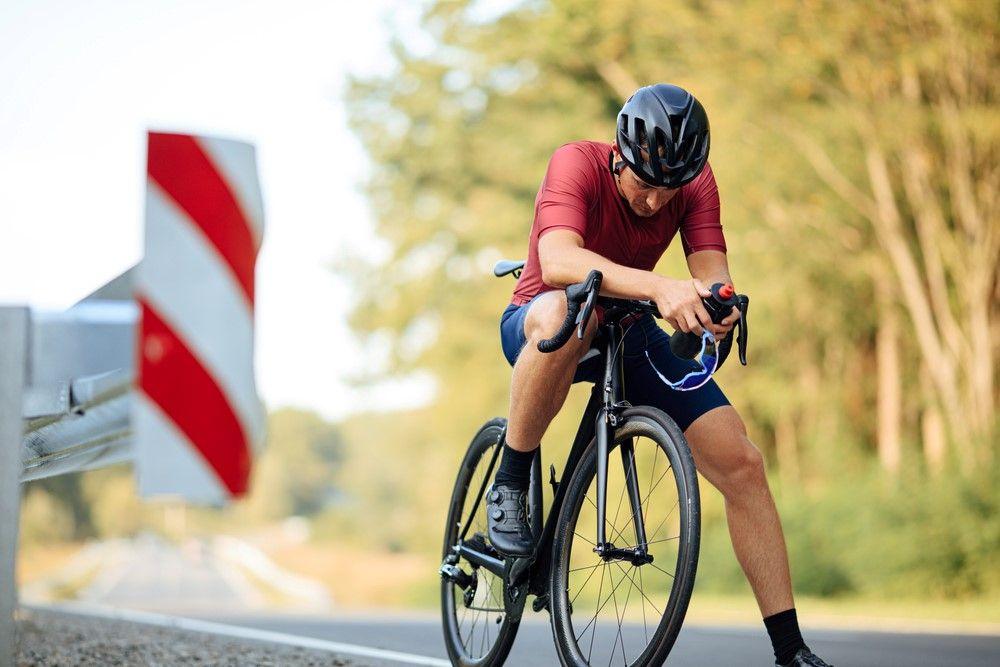
You need hours to fully recover from a bonk
In mild cases, where you recognize the bonk early and consume a sufficient amount of easily digestible carbohydrates, recovery may be relatively quick. In such instances, it may take anywhere from 30 minutes to an hour or so to start feeling better and regain enough energy to continue cycling at a reasonable pace.
However, in more severe cases of bonking, when you have depleted your glycogen stores completely, the recovery time may be much longer. It can take several hours for the body to fully replenish glycogen stores, especially if you fail to consume enough carbohydrates during the recovery period. In extreme situations, where the bonk has led to dehydration or other complications, recovery may take even longer, possibly extending to several days.
It’s important to note that prevention is always better than recovery. Here are some tips.
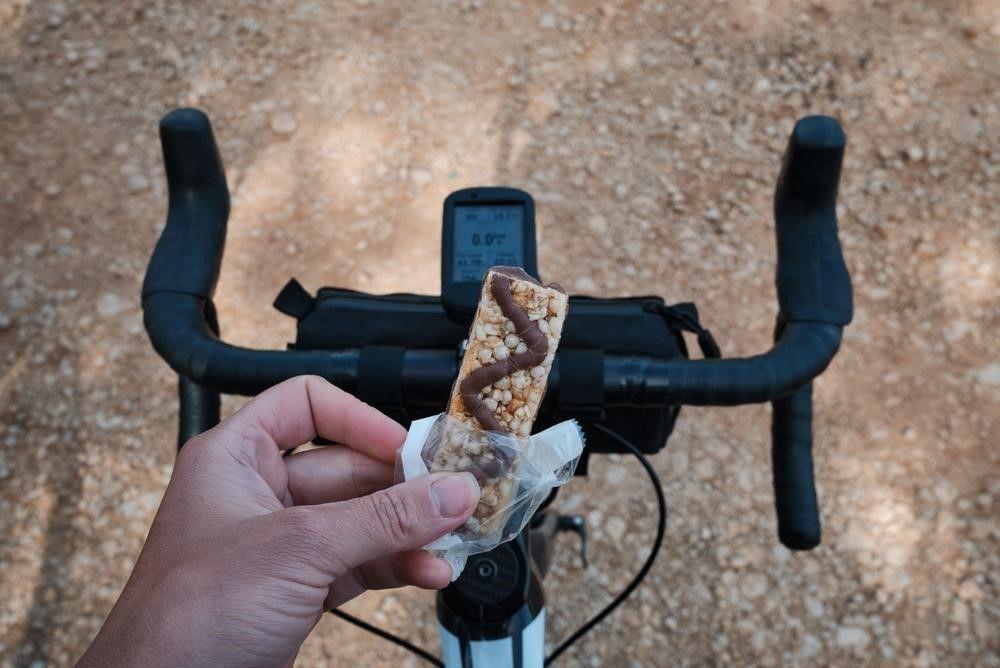
Tips to avoid bonking
Proper Nutrition and Hydration
One of the primary reasons cyclists bonk is the depletion of glycogen stores in the muscles and liver, which leads to a sudden drop in energy levels. To avoid this, it's crucial to maintain proper nutrition and hydration throughout your ride. Consume a balanced diet rich in carbohydrates, proteins, and healthy fats leading up to your ride. During your ride, fuel your body with easily digestible carbohydrates such as energy gels, sports drinks, and energy bars. Stay hydrated by drinking fluids regularly, preferably a mix of water and electrolyte-rich beverages.
Plan Your Pre-Ride Meal
A well balanced pre-ride meal can provide a solid foundation of energy. Consume a meal consisting of complex carbohydrates, lean proteins, and healthy fats around 2-3 hours before your ride. Opt for foods like whole grains, fruits, vegetables, eggs, and yogurt. Avoid heavy, greasy, or high-fiber foods that can cause digestive discomfort during your ride.
Pace Yourself
One common mistake that leads to bonking is starting too fast and exhausting your energy early on. Instead, pace yourself by starting at a comfortable intensity and gradually building up speed and effort. Pay attention to your heart rate or perceived exertion levels and make adjustments accordingly. Maintaining a steady and sustainable pace will help conserve energy and prevent the rapid depletion of glycogen stores.
Ride Within Your Limits
While pushing yourself is important for progress, it's equally vital to know your limits. Be realistic about your fitness level, the length of your ride, and the terrain you'll be encountering. Pushing too hard without adequate training or preparation significantly increases the chances of bonking. Gradually increase the duration and intensity of your rides to build endurance over time.
Take Regular Breaks
During longer rides, taking short breaks can be beneficial for both physical and mental recovery. Use these breaks to refuel, rehydrate, and stretch your muscles. Listen to your body and rest when needed. Even a few minutes of rest can help recharge your energy levels and prevent exhaustion.
Final remarks
Hopefully, I got it across that bonking isn't something you want to go through. Bonking isn't just a nuisance or a funny story to tell your buddies. Bonking stinks. It's a complete shutdown of basic functions except those you need to survive. Bonking is like getting a flu and a panic attack at the same time, where you wish it was all just a bad dream. Now that you know, remember to always eat a big meal before longer rides, and have enough snacks to fuel your body.

